![]()
|
T
Elsmore & Son |
Location and period of operation:
|
Thomas
Elsmore & Son |
Tunstall |
1872 |
1887 |
|
Earthenware manufacturer at the Clayhills Pottery, Tunstall, Stoke-on-Trent, England
|
Formerly: Elsmore & Forster
Osborne
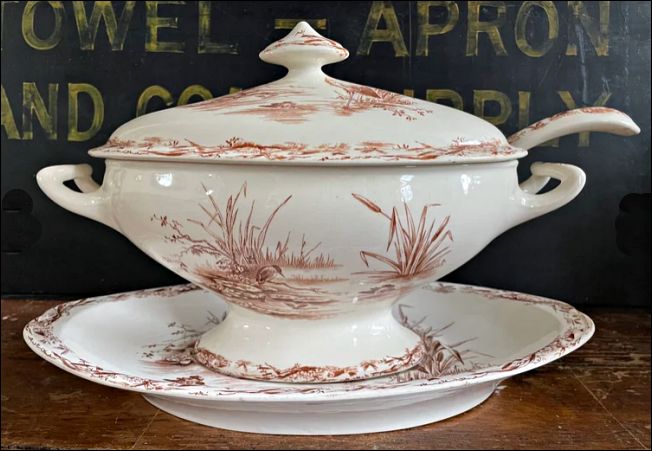 Ironstone Tureen with under plate and ladle in the transferware Osborne pattern sometimes informally called 'Great Heron' |
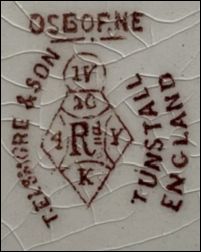 T. Elsmore & Son Tunstall England
|
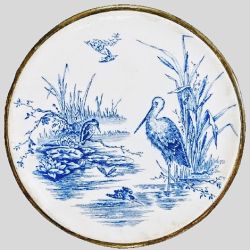
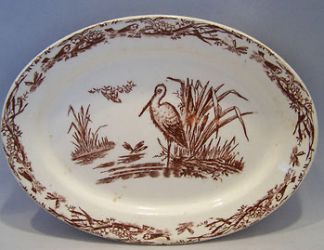
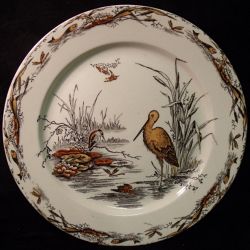
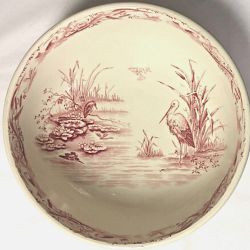
the pattern was generally
produced in brown - blue and hand coloured variations were made
sometimes the pattern name does not appear with the Elsmore mark
Lilly & Vase
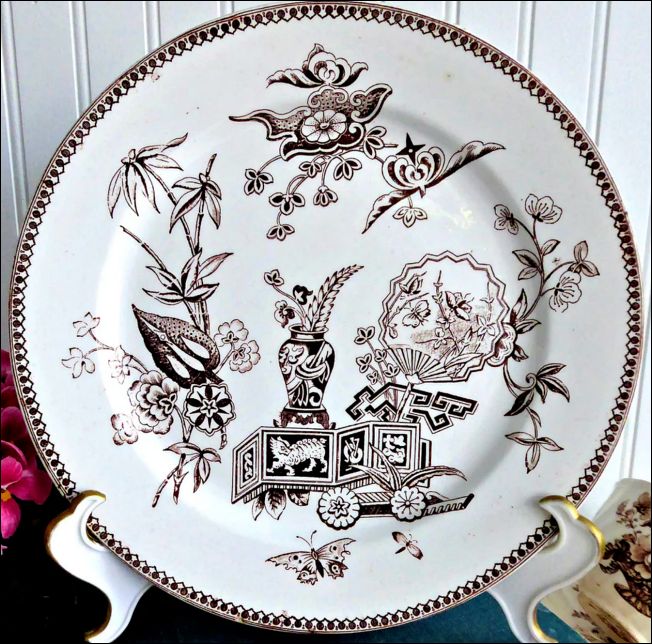 plate in a pattern commonly called Lilly & Vase
|
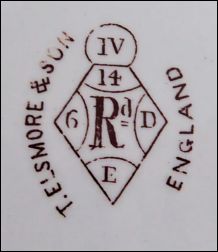 T. Elsmore & Son England
|
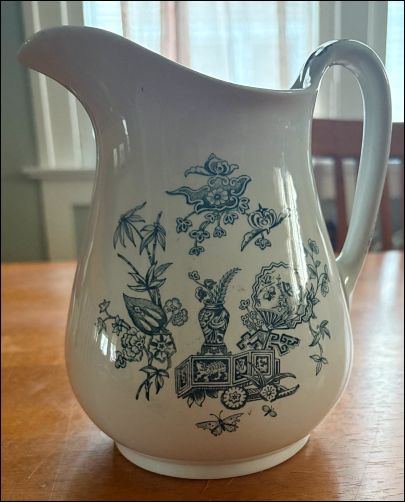 jug in the Lilly & Vase pattern |
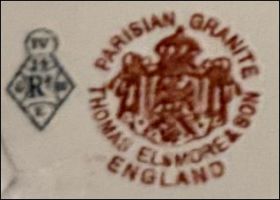 Parisian Granite Thomas Elsmore & Son England The name 'Parisian' was used to make the ware seem more more sophisticated. On the centre shield is the French Imperial Eagle. 'Granite' was an alternative name to refer to 'ironstone' |
photos courtesy: Kevin Lewandowski
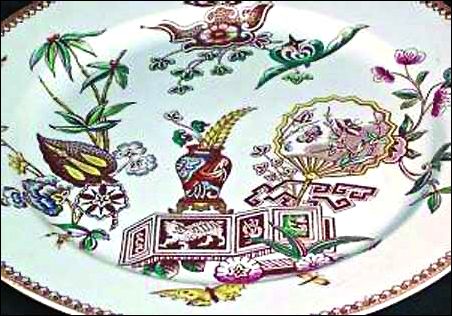
the pattern was also produced
in a hand coloured version
ABC plates
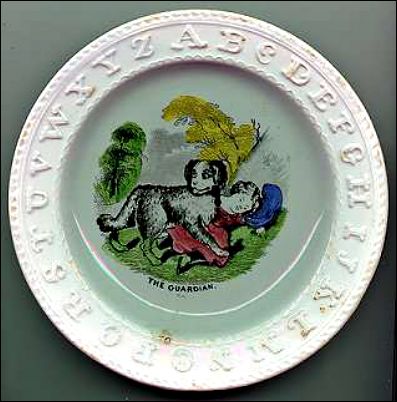 The Guardian |
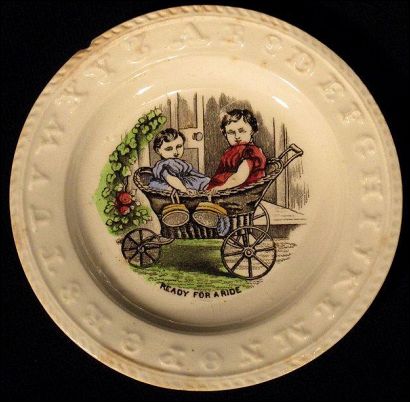 Ready for a Ride |
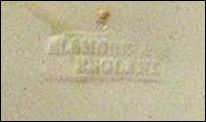 Elsmore & Son England impressed mark |
|
||
Marks used on ware for identification:
ELSMORE & SON
ENGLAND
THOMAS ELSMORE & SON
ENGLAND
T ELSMORE & SON
ENGLAND
Note the early, pre-1891 use of ' England' The McKinley Tariff Act of 1890 required goods imported to the USA to be marked with the country of origin - before then English potters generally did not use England in their marks. Thomas Elsmore & Son was an exception.
|
|
Osborne
is the pattern name |
 T. Elsmore & Son England |
|
|
|
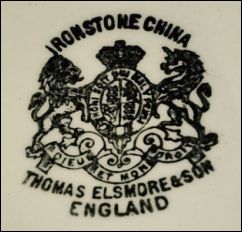
Ironstone China
Thomas Elsmore & Son
England
mark incorporating the British Royal Arms
|
this style of mark was also used by the former company of Elsmore & Forster |
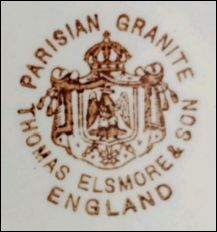 Parisian Granite Thomas Elsmore & Son England |
|
|
Questions, comments, contributions? email: Steve Birks
|
Page created 7 April 2007 Last updated 14 November 2025: Correction in description of 'Parisian' marks - American bald eagle corrected to 'French Imperial Eagle'; Reference to US exports added. |